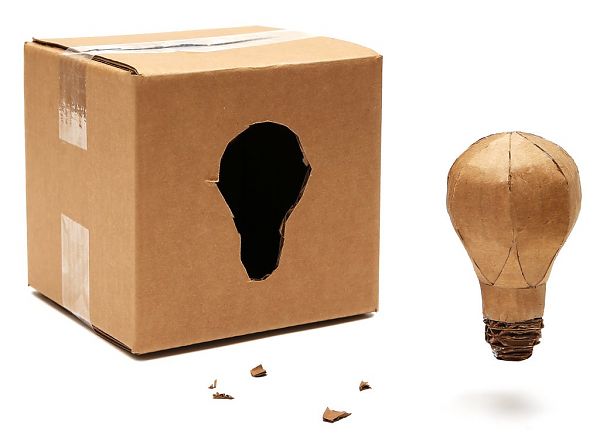The Magic of a Cardboard Box

Illustration by Derek Brahney.
On April 20, Nintendo released a new line of accessories for its best-selling Switch game console. Rather than being digital add-ons, they were physical ones: punch-and-fold parts engineered to turn the Switch console into a piano, a fishing rod or a robot. All are made of cardboard.
On March 4, Walmart ads shown during the Oscars centered on shipping boxes. The writer and director Dee Rees, nominated for “Mudbound,” created a 60-second ad in which the threat of bedtime gets incorporated into a sci-fi wonderland a little girl has imagined inside a blue cardboard box.
In June 2014, Google handed out kits for a low-cost virtual reality headset to be used with a smartphone. The headset was named Cardboard, for what it was mostly made of, and users assembled the units themselves.
In April 2012, “Caine’s Arcade,” an 11-minute short featuring a boy named Caine Monroy, was widely shared on the internet. Caine had spent his 2011 summer vacation building an arcade in the front of his father’s East Los Angeles auto-parts store out of the boxes the parts came in. He had the freedom to create an environment because cardboard comes cheap, and his father gave him space.
These 21st-century storytellers turned to cardboard for the same reasons that children have long preferred the box to the toy that came in it: cardboard is light and strong, easy to put up, quick to come down and, perhaps most important, inexpensive enough for experiment.
On X
Follow @LangeAlexandraOn Instagram
Featured articles
CityLab
New York Times
New Angle: Voice
Getting Curious with Jonathan Van Ness